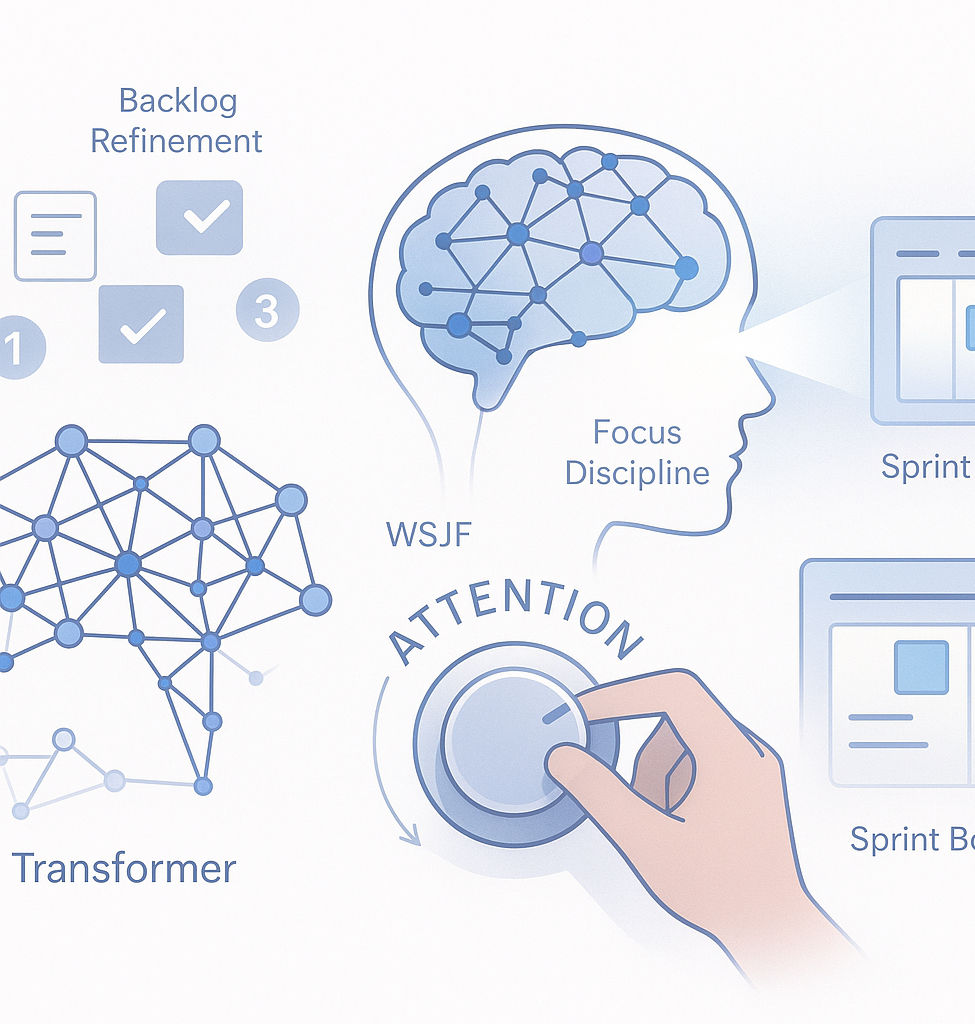Everyone’s Using AI - But Are You Still the Author?
- 4 days ago
- 3 min read

Let’s be honest, AI is the new office superstar. It edits faster than Grammarly, writes smoother than most of us on a Monday morning, and doesn’t need coffee breaks. From emails to reports, AI tools are now doing what spellcheck did for the last generation—but at lightning speed.
Yet there’s one question that’s stirring debate in boardrooms, classrooms, and Slack channels everywhere: If AI polishes your writing, can you still call it your own?
The answer isn’t as simple as “yes” or “no.” It depends entirely on how you used AI, and where your organization draws the ethical line.
1. AI as a Tool: The Digital Proofreader
Think of AI like a high-end editor, not a ghostwriter. If you’re using ChatGPT or Grammarly to fix grammar, tighten sentences, or clean up awkward phrasing—congratulations, you’re still the author.
This kind of AI use is like spellcheck on steroids. It makes your work cleaner, not less authentic. You came up with the ideas, built the arguments, and shaped the message. The AI just helped you say it better.
That’s not cheating, it’s professionalism.
2. The Danger Zone: When AI Starts Writing For You
The ethical tension begins when AI starts doing the heavy lifting—creating new ideas, drafting sections, or adding clever metaphors you never thought of.
Here’s a quick guide to spot the line between “smart use” and “slippery slope”:
What the AI Did | Ethical Status | Why It Matters |
Fixed typos, grammar, or punctuation | ✅ Totally Fine | You’re just cleaning up your message. |
Smoothed transitions or restructured paragraphs | ✅ Generally Fine | You still wrote it; AI improved readability. |
Added new metaphors or examples | ⚠️ Use Caution | That’s creative contribution—acknowledge it. |
Wrote sections or came up with core ideas | 🚫 Crossed the Line | You’re no longer the sole author. |
If the AI wrote the substance or tone that defines your message, then you’re not just editing—you’re outsourcing your voice.
3. Every Workplace Needs a Policy—Now
Different institutions draw different lines. Some allow AI editing freely. Others demand full disclosure. A few ban it outright.
If you’re not sure what your organization allows, check their integrity policy. And if no one knows where the line is…
It’s time to get to work and draft one.
Every company should have an AI use policy by now. It doesn’t have to be complicated—just clear. At minimum, it should spell out:
What’s fair use (grammar and flow)?
What needs disclosure (AI edits or rewrites)?
What’s off-limits (AI-generated ideas, data, or confidential content)?
Failing to set that boundary now invites confusion—and possibly legal or reputational risks later.
4. How to Credit AI Without Overdoing It
Transparency doesn’t have to ruin your flow. A simple disclosure is enough. Here’s how to match the statement to the level of AI help you actually used:
Level 1: Proofreading Only
“AI tools were used solely for grammar and punctuation refinement.”
Level 2: Editorial Polish (Most Common Case)
“The ideas and structure are entirely original. AI tools were used to refine tone, grammar, and readability.”
Level 3: Partial Content Generation
“AI assisted in drafting certain sections based on author-provided outlines. The author verified and edited all AI-generated material.”
That’s clean, transparent, and professional. You’re not confessing a crime; you’re showing integrity.
5. The Simple Rule for Staying Ethical
Here’s a rule that keeps you on the right side of the line every time:
Use AI to sharpen your ideas, not replace them.
6. The Bottom Line
AI is the best intern you’ll ever have—but it’s still your name on the byline.
When used responsibly, AI can make your work faster, clearer, and more compelling. And if your organization doesn’t yet have an AI policy, start writing one. The companies that define how to use AI will define who succeeds with it.
Written by Dr. Ernesto Custodio. Editorial refinement and image creation assisted by AI (ChatGPT-5 for text, DALL-E for visuals) under the author’s creative direction.










Comments